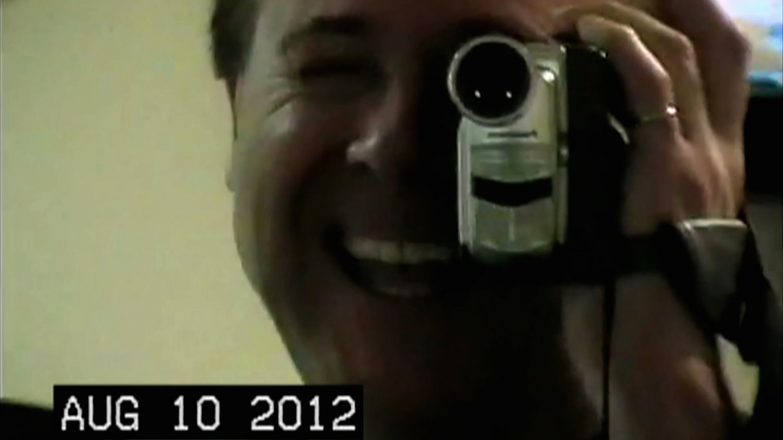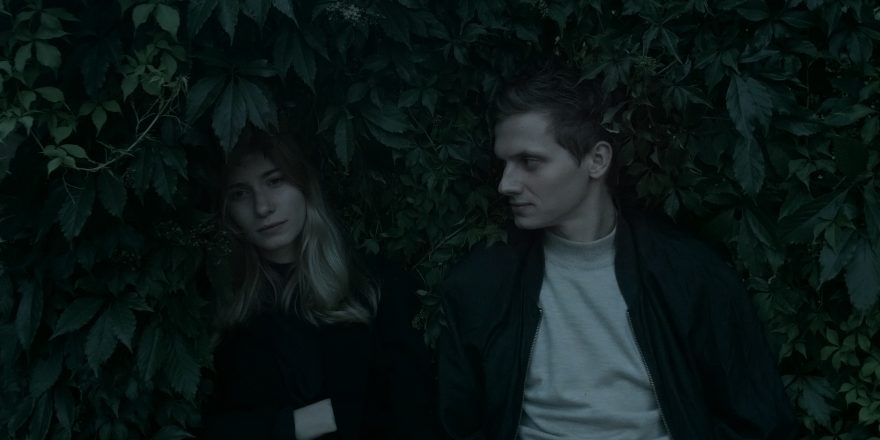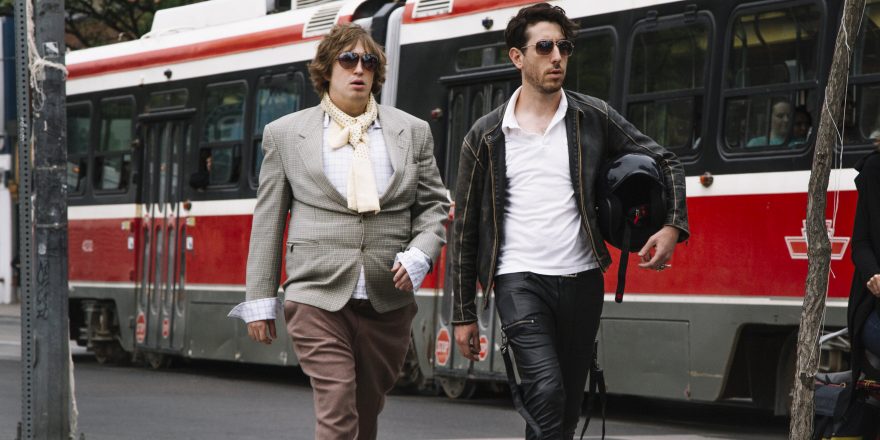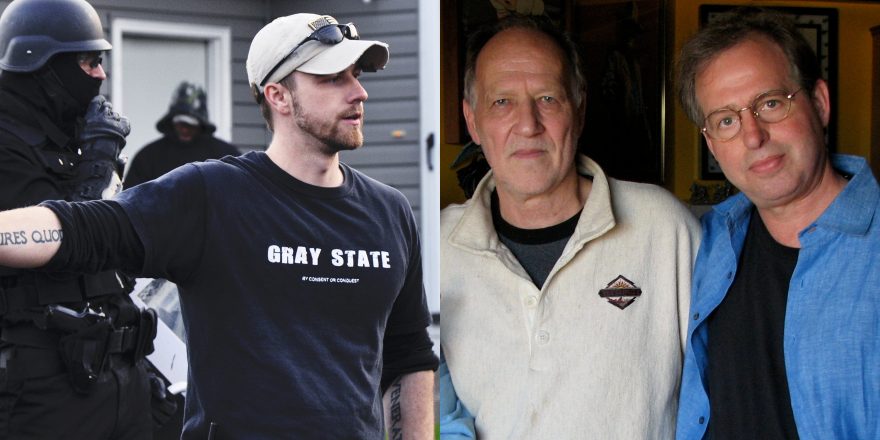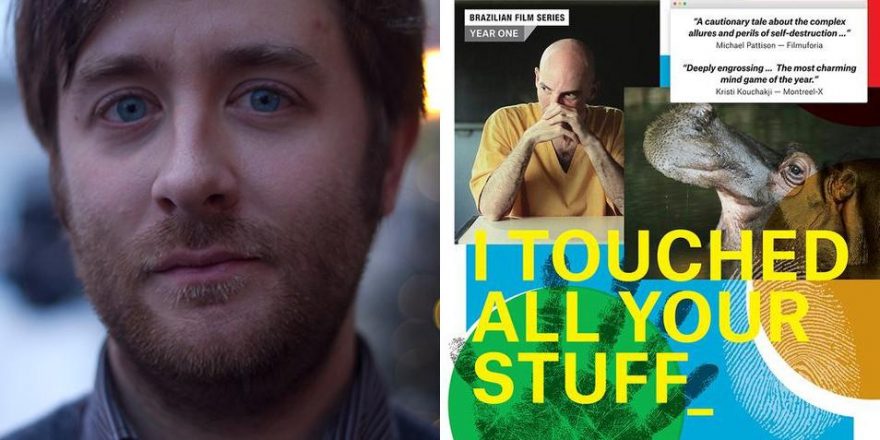Watching a stranger’s home movies is usually a total snoozefest. If you’re lucky, someone’s aunt might take a spill on some wet grass, but otherwise they’re pretty tedious. Not so with Gary’s. When I stumbled over his YouTube channel back in 2012, I was drawn in by the breakneck pace, the whiplash editing, the focused attention paid to brand names, labels, and women’s bodies (usually his wife’s), and his odd habit of saying aloud what we see on screen (“popcorn!”). No shot lasted longer than a second – it felt like watching life flicker before a dying man’s eyes.
At the time, I was eking out a living editing corporate videos, so Gary’s content was a thrilling breath of fresh air. They seemed assembled in a mad dash, like he was trying to stuff his favorite memories into a duffel bag before his house burned to the ground: One second of this, one second of that. A vertiginous zoom-in on his wife’s butt. A whip to his daughter: “Daddy, where’s the … ?” – smash cut to a cloud.
Gary had amassed hundreds of videos, documenting his family in this compulsive, frenetic style. With over 100 hours’ worth, I began to wonder: given enough footage of somebody’s life, could you paint that person in a specific, even misleading light? Obviously, reality TV shows have inured us to the idea of editing trickery, but how far could you take it? Could you recontextualize footage to tell a completely different story?
My editor Jonathan Rippon and I set to work on this idea and ended up spending the next two years creating a found-footage thriller using only Gary’s home movies and other content found on the internet. In it, he and his family set their house on fire to collect the insurance money and flee the country across the Canadian border. Or, at least, they appear to. The film, Fraud, is so convincing that an F.B.I. agent in attendance at one of our early screenings told me he was literally preparing to open an investigation before he gleaned from the Q&A that our story was fiction.
At its premiere at HotDocs in Toronto, Fraud screened to considerable controversy. I was called a “con artist” and a “liar” by some purists in attendance. (In their defense, HotDocs is a festival for documentaries; In mine, the thing is called Fraud.) Others sprang to my defense, leading to a spirited debate about the documentary genre and its obligation to truth-telling, as well as the value of “ecstatic” truth over literal truth. Incidentally, I would argue that all documentaries, to some extent or another, attempt to access the former “truth” at the exclusion of the latter – it’s just good storytelling.
Touring the country with the film, I experienced a lot of heated Q&As. In some ways, I was prepared for it – the film’s classification as a documentary is provocative, but I believe in the value and even necessity of provocation. Without it, art forms stagnate. What I wasn’t prepared for were those who had emotional responses to my usage of a stranger’s footage. I kind of assumed everybody accepted that if you post a photo on the internet, it’s pretty much fair game for any artsy troublemakers who come along, to say nothing of the multi-billion-dollar data-mining industry. As several glowering, red-faced audience members informed me, however, this is not the case.
But always missing from these conversations were the actual subjects in question: Gary and his family – Antje, Josh, and Kylie. Over Skype, I asked them about their experience of Fraud, why they posted all that footage, and what they would say to critics of the film:
When I started working on Fraud, I never imagined that it would raise such glorious high hell at festivals all over the world. But the reactions we received, especially as impassioned as they were, renewed my faith in the vitality of the film community and in the medium’s ability to raise questions and passions to insightful ends. This film was conceived as a fun, subversive way to explore the vast power of editing and the mutability of the information we share online. In the current era, however, it suddenly feels imperative that we look the growing trend of media manipulation in its face, calibrate our instruments accordingly, and move forward with a better understanding of how the truth can be appropriated, reconfigured or détourned into something dangerously misleading.


